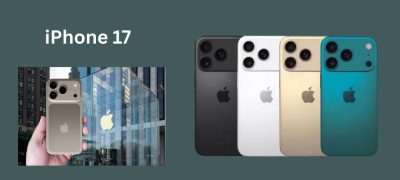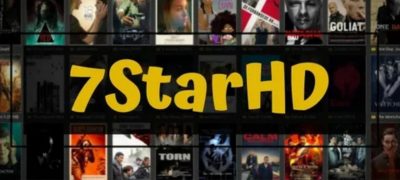In this ever changing world, Academic practitioners often face complacency, lack of ownership, curiosity and disinterest in learners as few of the biggest challenges when it comes to students’ consistent progress and achievement. We try variety of teaching and learning strategies to combat this challenge. Differentiation, AFLs, PBLs and Identifying Learning Styles to name a few.
Through rigorous use of the above tools and many more, we do see improvement in the academic attainment of the learners, an improved grade, an enhanced result sheet but this improvement does not promise a permanent shift in the overall attitude of our learners. It would also not be wrong to say that in many instances we unintentionally develop dependency in our students rather than making them independent. In our educational setup, the formula which works best is;
INSTRUCTION _______________ COMPLIANCE_____________ IMPROVEMENT
However, It is time for CHANGE!
Time to bring a paradigm SHIFT in the way our schools, curricula and mindsets work. This evolving world now demands a shift from
COMPLIANCE ____________ ENGAGEMENT________________EMPOWERMENT
So what does it mean? This means that we need to create an environment where students want to learn rather than have to learn.
Let’s see what does a choice driven classroom looks like?
Here are some of the ways students can own the learning process:
- Students select the course text. They get to decide about what to read or what videos to watch or what podcasts to listen to.
- Students choose what topics or themes to explore.
- Students ask questions and determine which questions are truly “essential.”
- Students figure out what strategies they will use as they read, solve problems, research, debate, etc.
- Students decide what type of grouping works best for them.
- Students have the option of going quieter or louder by having the option of wearing headphones.
- Students get to decide where they want to sit. They can sit or stand as they work independently.
- Students select which type of scaffolding they will use based upon their individual needs.
- Students own the intervention and enrichment process.
- Students decide how they will share what they are learning.
- Students choose where they will publish their work.
- Students decide what they will create. They can own the entire process with design thinking.
- Students engage in frequent self-assessment in order to make adjustments and figure out where to go next.
However, in an environment like ours where not the entire control can be given in the hands of the learners, a good way would be to start small and pilot activities like;
- My World Project – Here students choose a topic from a subject of their choice based upon their own personal interests. They ask questions, engage in research, and ultimately create something in the end. My World Blogs; Students write posts like “Ten Surprising Facts about the History of Skateboarding” or “The Top Five Fantasy Novels of the Last Decade.” They can also create their own My World podcasts or videos.
- The Genius Hour – Here students spend an allotted time each week working independently on a project that they design from the ground up. This may be individual or pair or group work.
For a sustainable tomorrow, It is imperative that in this ever evolving world our learners’ engagement their voice and choice is valued and opportunities are created to nurture their curiosity and creativity.









